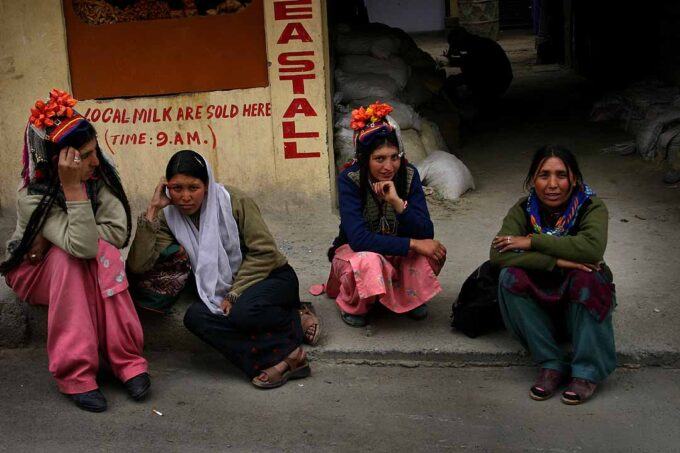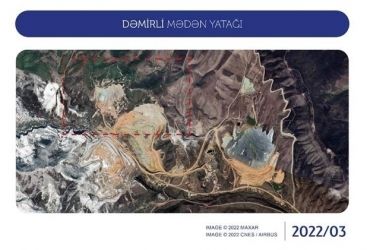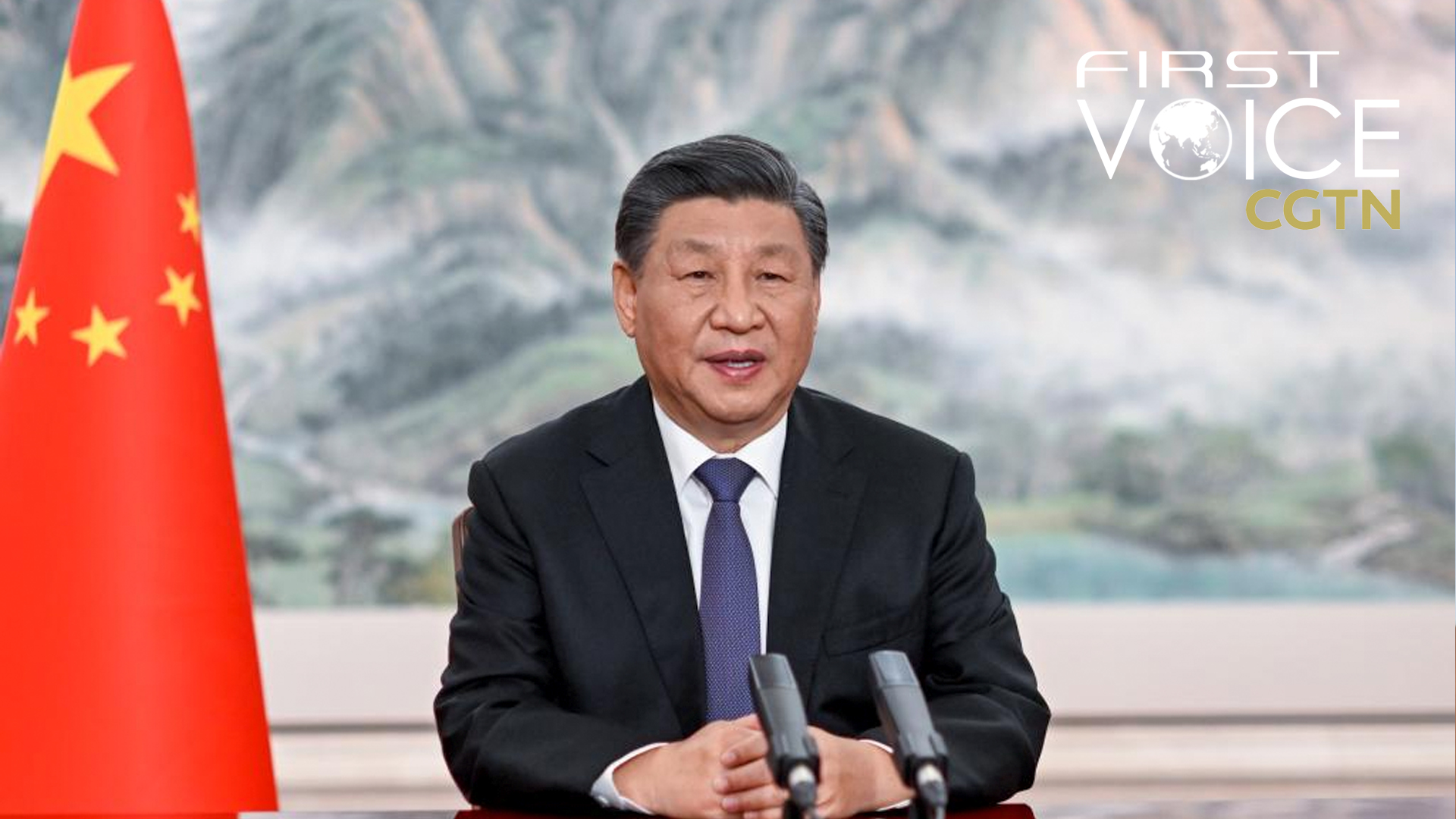Among the self-determination struggles of our time, Kashmir is at risk of being forgotten by most of the world (except for Pakistan), while its people continue to endure the harsh crimes of India’s intensifying military occupation that has already lasted 75 years. In 2019, the Hindu nationalist government of the BJP, headed by the notorious autocrat, Narendra Modi, unilaterally and arbitrarily abrogated the special status arrangements for the governance of Kashmir that had been incorporated in Article 370 of the Indian Constitution, and although often violated in spirit and substance, at least gave the people of Kashmir some measure of protection.
1947 was a momentous year for South Asia as British colonial rule came to an end, followed by a partition of India that resulted in much bloodshed throughout the process of establishing the Muslim state of Pakistan alongside the secular Hindu majority state of India. At this time, Kashmir was one of 560 ‘princely states’ in India, governed by a Hindu Maharajah while having a population that was 77% Muslim. The partition agreement reached by India and Pakistan gave the peoples of these ‘states’ a partial right of self-determination in the form of a free choice as to whether to remain a part of India or join their destiny with that of Pakistan, and in either event retaining considerable independence by way of self-rule. It was widely assumed that these choices would favor India if their population was Hindu and to Pakistan if Muslim. In a confused and complicated set of circumstances that involved Kashmiris and others contesting the Maharahah’s leadership of Kashmir, India engaged in a variety of maneuvers including a large-scale military intervention to avoid the timely holding of the promised internationally supervised referendum, and by stages coercively treated Kashmir more and more as an integral part of India. This Indian betrayal of the partition settlement agreement gave rise to the first of several wars with Pakistan, and it resulted in a division of Kashmir in 1948 that was explicitly not an international boundary, but intended as a temporary ‘line-of-control’ to separate the opposed armed forces. It has ever since given rise to acute tension erupting in recurrent warfare between the two countries, and even now no international boundary exists between divided Kashmir. The leadership of Pakistan has always believed that Kashmir was a natural projection of itself, treating India’s behavior as occupying power as totally unacceptable and illegitimate as have the majority of Kashmiris.
The essence of India’s betrayal was to deny the people of Kashmir the opportunity to express their preference for accession to India or Pakistan, presumably correctly believing that it would lose out if a proper referendum were held. Back in 1947 the Indian secular, liberal leadership did itself make strong pledges to the effect that Kashmir would be allowed to determine its future affiliation in an internationally supervised referendum or plebiscite as soon as order could be there restored. The two governments even agreed to submit the issue to the UN, and the Security Council reaffirmed the right of Kashmir to the agreed process of self-determination, but India gradually took steps clearly designed to prevent this internationally supervised resolution of Kashmir’s future from ever happening. It appears that India sought control of Kashmir primarily for strategic and nationalist reasons associated especially with managing Kashmir’s borders with China and Pakistan, and in doing so converting Kashmir into a buffer state of India, giving it the security that supposedly accompanies strategic depth of a ‘Great Power.’ Unsurprisingly, Pakistan reacted belligerently to India’s failure to live up to its commitments, and the result for Kashmir was a second level of partition between India occupied Kashmir and a smaller Pakistan-occupied-Kashmir. In effect, India’s unilateralism poisoned relations between these two countries, later to become possessors of nuclear weapons, as well as producing a Kashmiri population that felt deprived of its fundamental rights with accompanying atrocities (including torture, forced disappearances, sexual violence, extrajudicial killing, excessive force, collective punishment, the panopoly of counterinsurgency crimes), which amount to Crimes Against Humanity, in a manner somewhat resembling the deprivations associated with Palestine and Western Sahara.
Part of the blame for this Kashmiri prolonged tragedy reflects the legacy of British colonialism, which characteristically left behind its colonies as shattered and factionalized political realities, an obvious consequence of a colonialist reliance on a divide and rule strategy in its execution of its policies of control and exploitation. Such a strategy understandably aggravated the internal relations of diverse ethnic, tribal, and religious communities. This Indian story is repeated in the various British decolonizing experiences of such diverse countries as Ireland, Cyprus, Malaysia, Rhodesia, and South Africa, as well as in the quasi-colonial mandate in Palestine, which Britain administered between the two world wars. In these cases, ethnic and religious diversity was manipulated by Britain to manage the overall subjugation of a colonized peoples so as to minimize its administrative challenges, which became increasing troublesome in the face surging national independence movements in the 20th century.
Adding to the misery, these cleavages were left behind as open wounds by Britain during the decolonization process, with a crude display of irresponsibility toward the wellbeing of the previously dominated native populations. The historical outcome was dramatized by a variety of post-colonial unresolved political conflicts that resulted in prolonged strife, producing severe suffering for the population while addressing such post-colonial challenges. These adverse results were only avoided, ironically enough, in the few ‘success’ stories of settler colonialism—Australia, Canada, New Zealand, and the United States. Such successes were achieved through reliance on genocidal tactics by settlers that overcame native resistance by eliminating or totally marginalized hostile indigenous populations. South Africa is a notable instance of the eventual failure of a settler colonial enterprise and Israel/Palestine is the sole important instance of an ambiguous, ongoing struggle that has not reached closure, but is now at a climactic stage.
Kashmir’s status, despite the denial of self-determination, had given the beleaguered country substantial autonomy rights, and despite many encroachments by India during the 75 years of occupation, chief of which was blocking the Kashmiri people from exercising their internationally endorsed right of self-determination. Nevertheless, what Modi did on August 5, 2019 definitely made matters worse. It ended Kashmir’s special status in the Indian Constitution and placed the territory under harsh direct Indian rule, accompanied by various religious cleansing policies and practices counterinsurgency pretexts designed to promote Hindu supremacy in an undisguised framework of domination, discrimination, highlighted by altered residence and land ownership laws in a pattern favoring the Hindu settlement and minority control. After taking journalistic notice of these events in a surprisingly non-judgmental fashion, the world, especially in the West, has fallen silent despite the crimes against the people of Kashmir continuing to mount on a daily basis, including the branding of all forms of Kashmiri opposition to Indian behavior as ‘terrorism’ giving the incredibly large occupying Indian forces of 700,000 or more a green light to use excessive force without accountability and impose repressive conditions on the entire population.
This outcome in Kashmir should not cause much perplexity. International reactions to human rights abuses rarely reflect their severity, but rather the play of geopolitics. Washington sheds many tears about alleged violations of human rights in Cuba or Venezuela while giving Egypt and Saudi Arabia a free pass. More reflective of the international politics governing the inter-governmental and UN discourse on human rights is the insulation of Israel’s apartheid regime from any kind of punitive response at the international level while screaming for action in the same institutional settings against China’s far milder abuse of the rights of the Uyghur people in Xinjiang. India like Israel is too valuable a strategic partner of the West to alienate the Modi leadership by objecting to its behavior however extreme and criminally unlawful. It is unfortunate that the best human rights defenders can hope for in such cases is silence.
India as a large country with a huge population and nuclear weapons which, under the best of circumstances, is hard to challenge with regard to policies that seem almost normalized by the passage of time within the domain of its territorial sovereignty, given the state-centric allocation of legal authority in the post-colonial world. Many important countries have ‘captive nations’ within their borders and are united in opposing internal self-determination claims. At the same time, the harshness and cruelty of India’s policies over time have given rise to an insurgent mood and movement on the part of Kashmiris who now seem themselves somewhat divided as between aspiring for accession to Pakistan or independent statehood. Despite the long period since partition, such a choice, however improperly delayed for decades, should be made available to the people of Kashmir if only the UN was in a position to implement its long ignored responsibility to organize and administer a referendum in Kashmir. Such a peaceful transition does not seem presently feasible given India’s recent further encroachment on Kashmir’s normal development.
Yet the situation is not as hopeless as it seems. The rights of the Kashmiris are as well established in law and morality as are the wrongs of India’s increasingly apartheid structure of domination, exploitation, and subjugation. The Kashmir struggle for justice enjoys the high ground when it comes to the legitimacy of its claims, and struggles of a similar sort since 1945 have shown that the political outcome is more likely to reflect the nationalist and insurgent goals of legitimate struggle than the imperial goals of foreign encroachment. In effect, anti-imperial struggles should be thought of as Legitimacy Wars in which the resistance of a repressed people backed by global solidarity initiatives are in the end more decisive and effective than weaponry or battlefield superiority. It is worth reflecting upon the startling fact that the major anti-colonial wars since 1945 were won by the weaker side militarily. At this preliminary stage, a liberation strategy for Kashmir needs to concentrate on raising global awareness of the criminal features of India’s treatment of the Kashmiri people. To achieve such awareness, it might even be helpful to grasp how Gandhi mobilized public opinion in support of India’s own struggle for independence and study of the brilliant tactics used by Vietnam in mobilizing global solidarity with its nationalist struggle and sacriice to neutralize the weight of the U.S. massive military intervention.





















